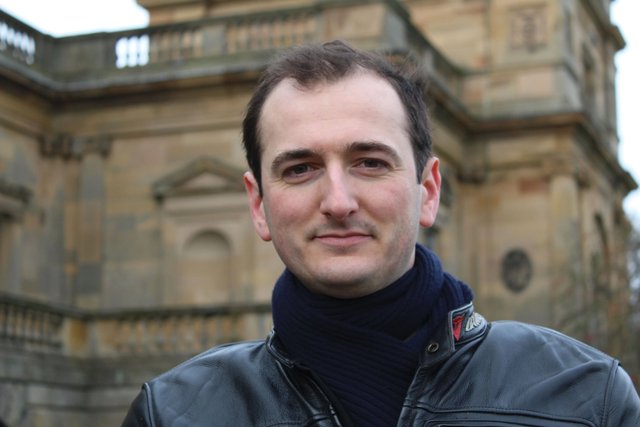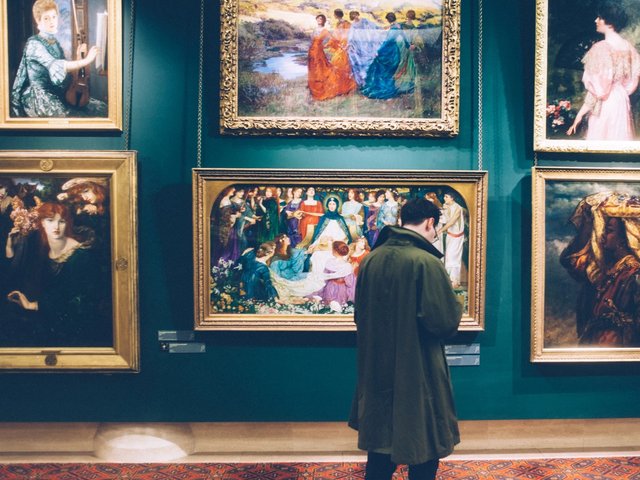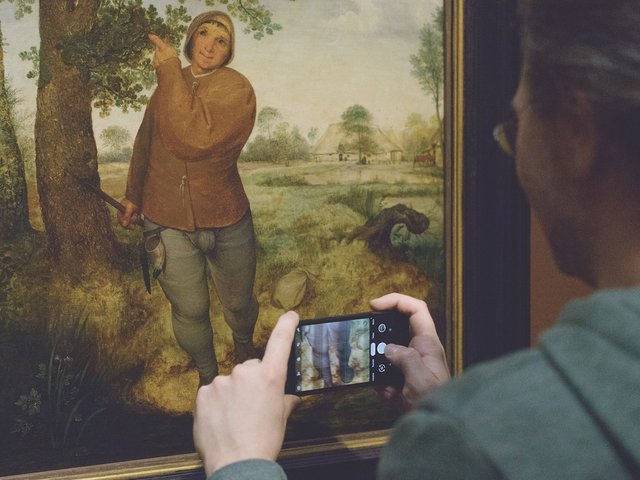What will the post-Covid “new normal” look like for museums? With every vaccinated arm, the day museums reopen comes closer. But the old model of cramming in ever-increasing visitor numbers, to the detriment of both experience and exhibits, is surely gone, at least for some years. Our perception of what now makes for a safe public space will see to that.
However, might a period of fewer overall visitors allow us to focus more on those groups who don’t traditionally visit? People with a disability are significantly less likely to be regular visitors to museums than those without. This urgently needs to change.
There are many reasons the disabled community feel museums discriminate against them, not all of which are easy to fix. The biggest problem seems not to be physical infrastructure, but an institutional mentality. Our recent lockdowns have revealed how “ableist” museum culture can be. If you are physically able to visit (say) the Tate Britain, then a world-class museum experience awaits. But if you are not, you must experience British art through low-quality reproductions online, and text lifted from Wikipedia. Many museums still fail to provide the basic information disabled people need to plan their visit.
Research by the charity VocalEyes, which supports blind and partially sighted people to enjoy the arts, found that less than half of the UK’s national museums provide a welcome message for disabled visitors on their website, while a fifth make no mention of accessibility arrangements at all. During the limited Covid-safe openings last summer, however, museums had to set out every aspect of entry on their websites, providing more advance information than ever before. This attention to detail now needs to be applied for disabled visitors, so that when museums reopen, nobody feels left out. We need an inclusive recovery.
There is one group Britain’s art galleries consistently leave behind, and on whose behalf I want to make a special plea: people with autism. For them, museum visits can require significant planning—for example, to help manage any anxieties about new places or new experiences. On the websites of our nationally funded art galleries, I could find only one—National Museums Liverpool—with a dedicated section for those with autism. Not for nothing is autism called the “invisible disability”.
If museums can do more to reach out to the estimated 700,000 people in the UK with a diagnosis of autism, they will find a loyal and highly engaged audience. I say this with some confidence, because I’m one of them. I’ve never discussed being autistic before, even among my family. When I was diagnosed (over a decade ago) the terminology then used—Asperger’s Syndrome—brought to mind computer hackers trying to avoid extradition to America. But thanks to those braver than I, like the naturalist Chris Packham, the stigma around autism has lessened.
In fact, I now see it as a blessing, for without autism I wouldn’t be an art historian. I didn’t realise it at the time, but my fascination with historical portraiture grew out of the social awkwardness many people with autism encounter. As a teenager, a special place for me was the National Portrait Gallery in London. I found it a welcoming institution, easy to access from the street, and quieter than its busier neighbour, the National Gallery. In it I created a world of characters I could interact with on my own terms, who didn’t judge, and who even seemed to enjoy my close study. They became the friends I struggled to make. And then further afield, in other galleries and especially auction houses, I began to notice mistakes in the way portraits were catalogued, and through the thrill of art-historical discovery began a consuming quest for “sleepers”. I’m also lucky to have a good visual memory, another benefit of what is called neurodiversity.
It is true that dealing with the challenges an autistic mind brings can be difficult, even bewildering. The most tiring aspect is trying to conform to what society judges to be “normal”. But over this past Covid year, we have all had time to reflect on how we live our lives. For me, it is time to stop hiding, to stop trying to pretend to be someone else. When we do finally re-emerge into the new normal, I’ll enjoy being different.





